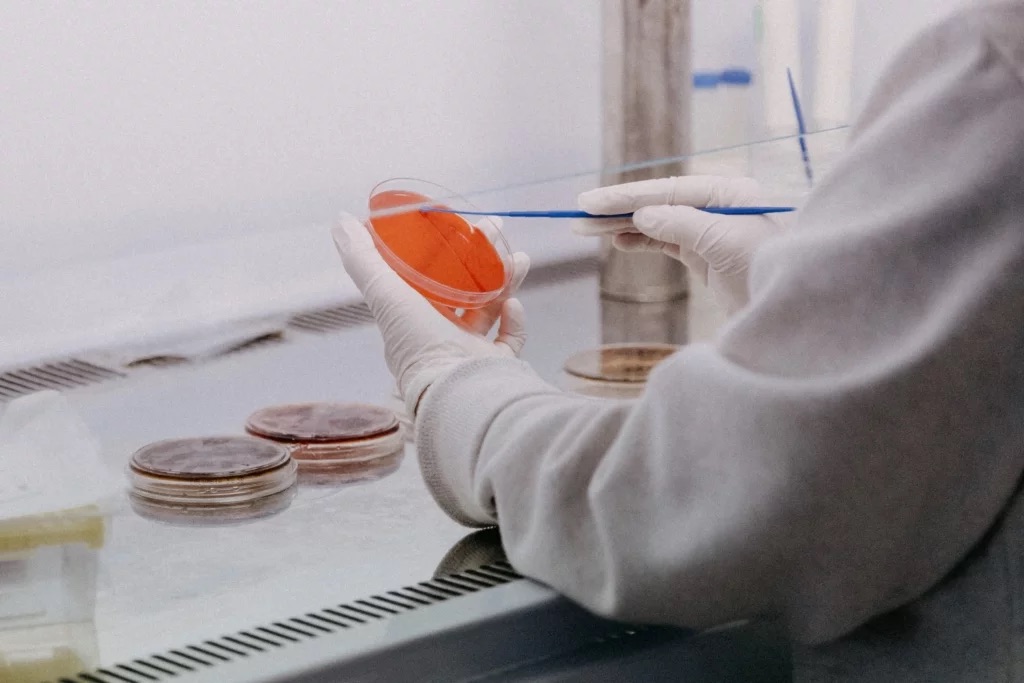In the fifth installment of our #DiscoveringOligonucleotides series, we dive into the preclinical development phase. From research in vitro, which lays the groundwork, until validation in vivo, which brings promising therapies to clinical reality, therapeutic oligonucleotides, like all other drugs, need to be studied in depth before being tested in patients.
In vitro research: the basis for preclinical development
The first steps scientists take are to study oligonucleotide molecules in a controlled environment, providing essential information on the efficacy and potential safety of these compounds. Most commonly, cell cultures of those cell types that would develop the disease in patients are developed.
Genetic engineering plays a crucial role in this phase, allowing the creation of genetically modified cells and tissues to study the impact of oligonucleotides. The precision and specificity achieved in these studies in vitro are fundamental to understanding the selectivity and safety of oligonucleotides, paving the way for their further evaluation in vivo.
Furthermore, research in vitro focuses not only on efficacy, but also on optimising oligonucleotide delivery. In this phase, efficient and specific delivery systems are developed, which are crucial to ensure that these compounds reach their cellular targets with the necessary precision. The research in vitro helps to refine the ability of these oligonucleotides to penetrate cellular barriers and exert their therapeutic effects effectively.
In summary, the research in vitro from the most basic aspects of their molecular interaction to the optimisation of delivery, it provides crucial information that paves the way for subsequent validation in vivo and ultimately the clinical application of these innovative therapies.
In vivo validation: from the microscope to the scale of organisms
Validation in vivo is the cornerstone that takes research from the laboratory to clinical application. In animal models, scientists evaluate the efficacy of therapeutic oligonucleotides in a more complex biological environment. This step is crucial to understand bioavailability, pharmacokinetics and potential side effects before moving on to human clinical trials. As oligonucleotide therapeutics progress through this phase, they will establish themselves as promising candidates for the treatment of different diseases.
In addition to conventional animal models, research in vivo is expanding into more advanced approaches. The implementation of technologies such as organoids and tissue engineering provides an unprecedented level of detail, recreating specific microenvironments of human tissues and organs. This evolution not only improves the prediction of therapeutic efficacy, but also addresses the interspecies variability that can arise with traditional animal models.
The validation in vivo, thus not only validating the therapeutic promise of oligonucleotides but also driving the search for more precise and relevant methods that bring us closer to targeted and safe treatments for rare diseases.
Ultimately, therapeutic oligonucleotides represent a ray of hope for those facing rare or undiagnosed diseases, marking a milestone in the evolution of medicine.
At the OLIGOFASTX consortium, our commitment to innovation and scientific excellence has unlocked new horizons in the understanding of molecular processes, leading to extraordinary advances in the design of personalised therapies, tailored to the uniqueness of each patient.
Sources:
In vivo vs. in vitro: What is the difference?
In Vivo vs In Vitro: Definition, Pros and Cons | Technology Networks
Alternatives to animal testing | EFSA
Images:
Why Are in Vivo Studies Important? | in Vivo Research Benefits
Differences between in vitro, in vivo and in silico assays in preclinical research | ZeClinics

 Español
Español

